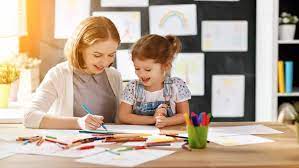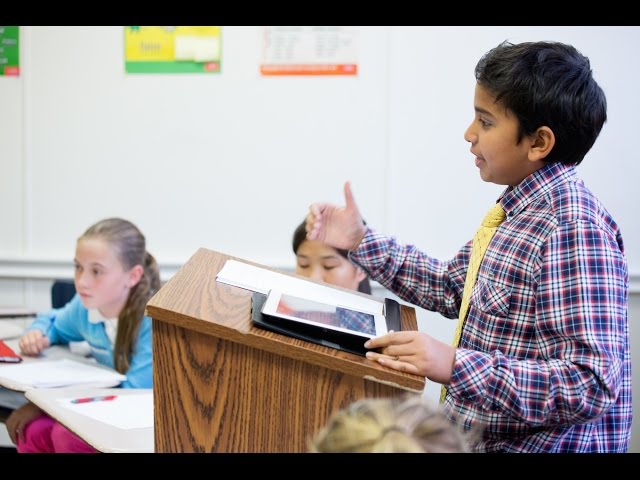Let’s face it: screens are everywhere. From TVs to tablets, kids today spend more time staring at screens than ever before.
But while technology has its benefits, too much screen time can affect creativity, focus, and even sleep.
So, what if we could give our kids a break from gadgets and still keep them learning and entertained?
That’s where screen free learning activities for kids at home come in. These activities not only spark imagination but also teach important life skills in fun, hands-on ways.
Think of it like planting seeds in a garden, these small activities can grow into lifelong skills for your child.
Why Screen-Free Activities Matter for Kids
Screens can be addictive, and children often find it hard to step away. Screen-free learning helps kids:
- Improve focus and attention span
- Build social and communication skills
- Develop problem-solving and creativity
- Strengthen physical coordination and motor skills
It’s not about banning screens entirely but finding a healthy balance.
Setting Up a Screen-Free Environment
Start by creating a dedicated space at home for screen-free activities. This could be a corner with books, art supplies, puzzles, or even a small table for experiments.
Read more: How to Beat Exam Anxiety for Students – Quick Tips
When the environment feels inviting, kids are naturally drawn to it.
Storytelling and Reading Adventures
Reading isn’t just about books; it’s about imagination. Try:
- Read-aloud sessions with different voices for characters.
- Story dice where kids roll dice with pictures and create stories.
- Make-your-own-book projects where kids write and illustrate their own stories.
Creative Writing and Journaling
Encourage kids to keep a daily journal or write short poems. They can even create a “family newspaper” with news, drawings, and jokes.
Writing builds language skills while letting children express emotions freely.
Arts and Crafts Projects
Arts and crafts are a favorite for hands-on learning. Ideas include:
- Origami and paper folding
- Homemade greeting cards
- Recycling crafts (turning old jars into pencil holders)
- Painting or finger painting
These activities boost creativity and fine motor skills.
See now: Public Speaking Tips for Students in Nigeria
Science Experiments with Household Items
Learning science doesn’t need fancy tools. Kids can:
- Make a homemade volcano with baking soda and vinegar.
- Create a rainbow using a glass of water and sunlight.
- Explore density with oil and water experiments.
Hands-on experiments make science fun and memorable.
Math Games Without Screens
Math can be playful too. Try:
- Counting with coins or buttons
- Playing card games that involve adding numbers
- Measuring ingredients while baking
- DIY flashcards for multiplication
Cooking and Baking as Learning
Cooking is full of learning opportunities. Kids can:
- Read recipes (improves reading skills)
- Measure ingredients (practical math)
- Learn about nutrition and healthy eating
Plus, the reward is a delicious snack they helped create.
Music and Rhythm Activities
Music stimulates both sides of the brain. Simple activities include:
- Homemade instruments (shakers from rice-filled bottles)
- Clapping rhythm games
- Singing favorite songs and learning new ones
Read also: The 7 best university cities in Spain
It’s both fun and educational.
Nature Walks and Outdoor Exploration
Going outside can be a classroom in itself. On walks, encourage kids to:
- Collect leaves or stones and sort them by size or color
- Identify birds, insects, or plants
- Create nature journals with drawings and notes
Building and Construction Play
Blocks, Lego sets, or even cardboard boxes can spark engineering skills.
Kids learn problem-solving and spatial awareness while building towers, houses, or even imaginary cities.
Role-Playing and Pretend Games
Pretend play allows kids to imagine being doctors, teachers, chefs, or astronauts.
This builds social skills and creativity while letting them explore different roles in a fun way.
Puzzle Solving and Board Games
Puzzles and board games teach strategy, patience, and teamwork.
Choose age-appropriate ones like Scrabble for word building or chess for logical thinking.
Family Chores Turned into Fun Learning
Even chores can become learning activities. Kids can:
- Help sort laundry by colors (categorization)
- Set the table (counting and arranging)
- Organize shelves or toys (pattern recognition)
This teaches responsibility while keeping learning practical.
Read on: Cheap Digital Marketing Courses for Students in Nigeria
Conclusion and Key Takeaways
Screens may be part of modern life, but learning doesn’t have to depend on them.
By introducing screen free learning activities for kids at home, you give your child the chance to grow through imagination, problem-solving, and real-world experiences.
Remember, it’s the little things, like cooking together or reading a story, that often leave the biggest impact.
FAQs on Screen Free Learning Activities for Kids at Home
1. Why are screen free activities important for kids?
They help improve focus, creativity, and real-world problem-solving skills.
2. How can I reduce my child’s screen time at home?
Create engaging alternatives like arts, crafts, and outdoor activities.
3. What are some quick screen free activities for busy parents?
Reading, puzzles, coloring, and simple science experiments work well.
4. Can chores really be learning activities for kids?
Yes, chores teach responsibility, math, and organization skills.
5. How do I make screen free learning fun?
Add variety, let kids choose activities, and turn them into playful challenges.




